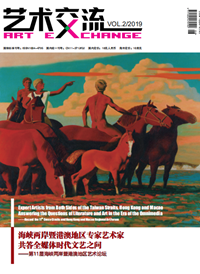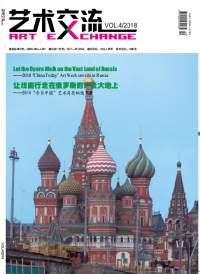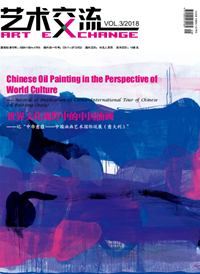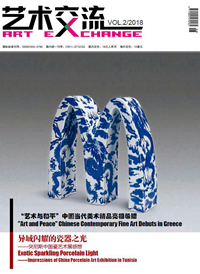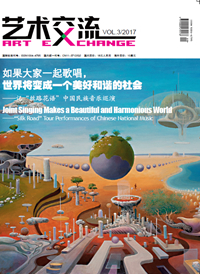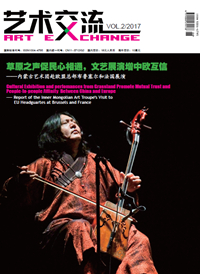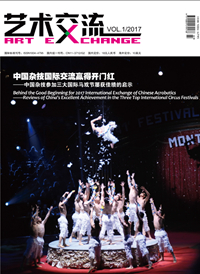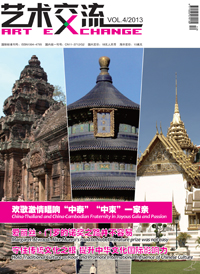New Delhi: A slight fallback in the Chinese art market has given Indian art the chance to grab a larger price share, says Christie`s top officials visiting India. The British auction house is also promoting contemporary Indian artists.
"Chinese collectors have slowed down buying back Chinese works at our auctions in Hong Kong after a decade of intensive reverse buying to bring home antiquities and historical art that had gone out of the country. This will help India`s position to grow steadily in terms of prices and field another new market in the future," Hugo Weihe, international director of Asian Art at Christie`s, told IANS.
Weihe is leading a team to India for a preview of the South Asian art set to be auctioned in New York Sept 12.
He said Chinese modernists were prolific in their output and their prices often touched the million dollar mark.
The volume of work by Indian modernists in contrast had shrunk in the last 20 years following the death of top artists such as Tyeb Mehta, M.F. Husain and Jehangir Sabavala, he said.
The few surviving modernists such as S.H. Raza and Ram Kumar were too old to produce new works at regular intervals, he said.
Deepanjana Klein, Christie`s head of sales of south Asian modern and contemporary art, said that in India the auction house`s focus had been on bringing the best in Indian art.
"Works by modernists are becoming hard to find because collectors do not want to part with them. We hope prices only get stronger," she said.
The auction house is trying to promote a new crop of modernists to tide over the scarcity.
According to Weihe, "All art was contemporary during its time and became `blue chip` over the years."
"In 20 years, best works of leading contemporary artists such as Subodh Gupta and Zarina Hashmi will be counted among the leading modern art from India," he said.
Christie`s is promoting Zarina Hashmi, the New York-based septuagenarian artist with Indian and Pakistani roots.
"We believe in her because she travels across continents beautifully," Klein said.
On the market trends in Asia, Sonal Singh, associate director of Christie`s India operations, said China`s presence in the speculative art market was being replaced by auction-related activities in Singapore, Malaysia, Indonesia and Vietnam.
"Indonesia is looking at Indian art. New Chinese collectors are also looking at Indian contemporary art since it is priced lower than Chinese art. There is a kind of cross-fertilisation," Singh said.
American buyers are looking at younger Indian artists, she said.
Indian collectors though are still buying art by Indian artists because of the country`s artistic heritage, Weihe said.
The team said the art market had recovered from the 2008 financial crisis, but interest in contemporary art was fluctuating though the market was stable and strong for modernists.
"We sold Mark Rothko`s `Orange, Red, Yellow` for $86.9 million in May. There is so much potential in modern art," Weihe said.
The spread of art education, brought on by the internet, has helped too, with art quality scoring over quantity, Klein said.
"Buyers now know what they want. It is best seen in New York," she said.
Quality awareness among buyers has also forced auction houses to double the provenance of collectibles to check entry of fake artwork.
"Very rarely has something of doubtful provenance slipped in. We track auctioned works to 50 years - sometimes to their original source, back to the artist," Klein said.



